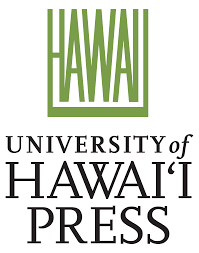Category:University of Hawai'i Press
University of Hawai'i Press
Pages in category "University of Hawai'i Press"
The following 27 pages are in this category, out of 27 total.
C
I
S
T
- Articles/The Buddha Within: Tathagatagarbha Doctrine according to the Shentong Interpretation of the Ratnagotravibhāga-Review by Need
- Books/The Buddhist Self
- Articles/The Direct and Gradual Approaches of Zen Master Mahāyāna: Fragments of the Teachings of Mo-ho-yen
- Articles/The Doctrine of Buddha-Nature Is Impeccably Buddhist
- Articles/The Idea of Dhātu-vāda in Yogācāra and Tathāgata-garbha Texts
- Articles/The Mind as the Buddha-Nature: The Concept of the Absolute in Ch'an Buddhism
- Articles/The Yogācārā and Mādhyamika Interpretations of the Buddha-nature Concept in Chinese Buddhism
- Books/Tsung-mi and the Sinification of Buddhism
- Articles/Two Main Streams of Thought in Yogācāra Philosophy

